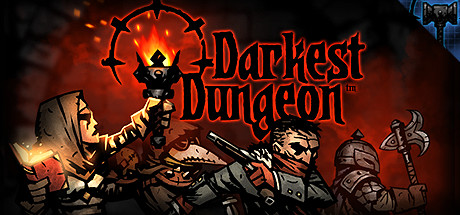Install Steam
login
|
language
简体中文 (Simplified Chinese)
繁體中文 (Traditional Chinese)
日本語 (Japanese)
한국어 (Korean)
ไทย (Thai)
Български (Bulgarian)
Čeština (Czech)
Dansk (Danish)
Deutsch (German)
Español - España (Spanish - Spain)
Español - Latinoamérica (Spanish - Latin America)
Ελληνικά (Greek)
Français (French)
Italiano (Italian)
Bahasa Indonesia (Indonesian)
Magyar (Hungarian)
Nederlands (Dutch)
Norsk (Norwegian)
Polski (Polish)
Português (Portuguese - Portugal)
Português - Brasil (Portuguese - Brazil)
Română (Romanian)
Русский (Russian)
Suomi (Finnish)
Svenska (Swedish)
Türkçe (Turkish)
Tiếng Việt (Vietnamese)
Українська (Ukrainian)
Report a translation problem






"finding beauty in possible inaccuracies" -- ha ha, everybody who played Pathologic with the old translation and then was slightly disappointed with the new one, even though it was obviously more accurate and way easier to follow, will tell you that that's totally a thing!
I'm reminded of another thematic similarity between these two games: the artificially imposed separation of the concept. In Slay The Princess , The Narrator, in an attempt to avert destruction, divides the concept of "change" into The Shifting Mound and The Long Quiet . This brings to mind the Heart of Darkness in Darkest Dungeon - how it is described as both the creator and destroyer. It prompts the theory that the Light might merely be a result of humanity's attempt to separate these concepts, and the Heart and Light might be the same thing after all. The cyclic nature of killing the Heart, only for it to undergo inevitable rebirth, appears to be similar to the "you're on a path in the wood..." ending...I apologize if this sounds too far-fetched.